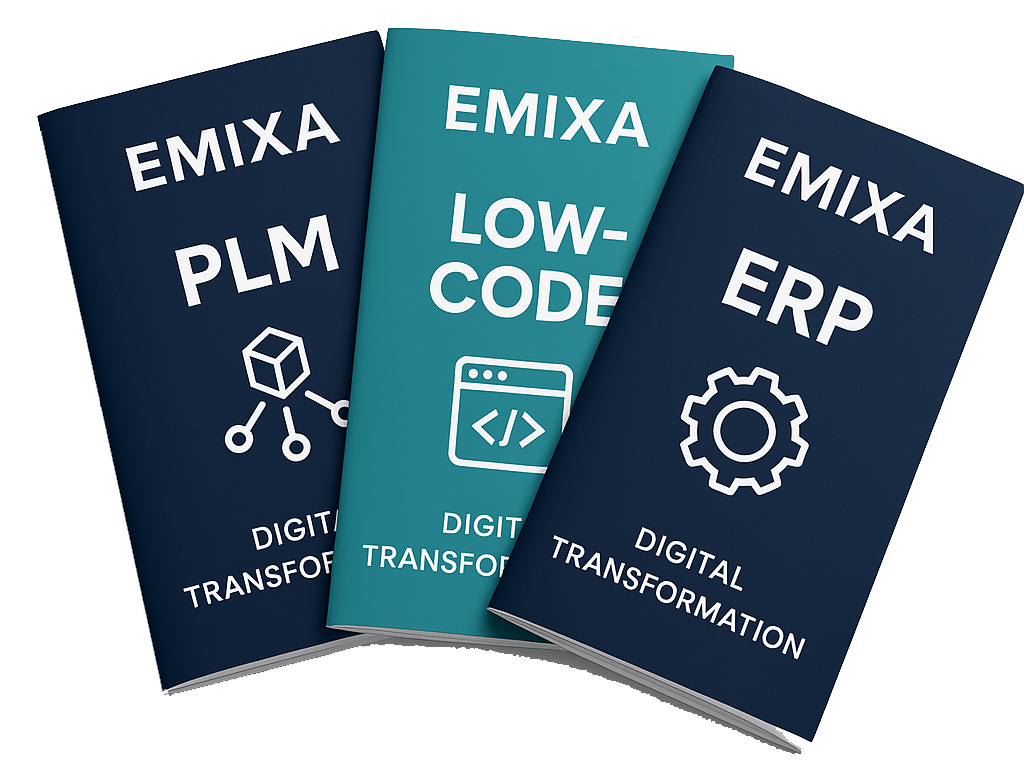
- Data Analytics
- FAST
Microsoft Fabric: The all-in-one data platform for organisations of any size

A flexible and powerful data platform is now essential to your business operations. Microsoft Fabric promises to be an integrated solution for data engineering, analytics, AI, and business intelligence – all within a single platform. But what exactly does it offer? And in what situations is Microsoft Fabric the best choice? Consultants Jesper Kerstens and Daan Stolker guide you through the pros and cons of Microsoft Fabric.
What is Microsoft Fabric?
Microsoft Fabric is a cloud-based Software-as-a-Service (SaaS) platform that integrates various data services. You may already be familiar with these solutions: Power BI, Azure Synapse Analytics, and Azure Data Factory. These are now all brought together in Microsoft Fabric. At the heart of this platform is OneLake – a shared, organisation-wide data lake that serves as the central storage location for all data.
OneLake offers a user experience similar to the well-known OneDrive, but specifically aimed at enterprise data. You can use it to collect, transform, analyse, and visualise data within a single integrated environment – without needing to switch between different tools. Additionally, OneLake can be accessed directly via Windows File Explorer, giving you simple access to data – just like a network drive.
Who is Microsoft Fabric for?
Microsoft Fabric is designed for a wide range of users and organisations: from small businesses to large enterprises. As Power BI is fully integrated into the platform, it's suitable for many types of users. Not just technical users like data engineers or data scientists, but also business users who simply view or analyse reports.
- Data Engineers: For building robust data pipelines and managing data infrastructure.
- Data Scientists: For developing and implementing machine learning models.
- Business Analysts: For creating interactive dashboards and reports using Power BI.
- End-users and Decision-makers: For anyone needing to view reports or gain insights from data, using Power BI as a built-in part of Fabric.
- IT Administrators: For managing access, security, compliance, and data governance.
Benefits of Microsoft Fabric
- Scalability for any organisation
Microsoft Fabric is suitable for businesses of all sizes – from small startups to large enterprises. The platform is highly scalable, enabling you to process and store data of any volume – whether you're analysing just a few gigabytes or entire petabytes of data. This allows Microsoft Fabric to grow alongside your business needs. - Real-time and batch processing in one data platform
With Microsoft Fabric, you can handle both real-time and batch data processing within a single integrated platform. The Real-Time Intelligence feature allows streaming data and events to be processed and analysed immediately. This lets you respond quickly to changes, such as detecting fraud or monitoring IoT devices. At the same time, the platform supports batch processing for scheduled reporting, historical analysis, and data aggregation. The ability to do both means you can tailor data strategies to specific needs and use cases – without switching between different tools or platforms. - Integrated analytics capabilities
Microsoft Fabric brings together several analytical tools like Power BI, Synapse, and Azure Data Factory into one platform. This enables you to gather, transform, and visualise data from multiple sources into clean reports and dashboards. This integration improves efficiency and supports more informed decision-making. - AI support with Copilot
Microsoft Fabric includes Copilot, an AI assistant that helps users transform data, write code, and generate insights. With a single query, Copilot can analyse data, suggest machine learning models, and create visualisations. A promising feature that helps you work faster and get more value from your data. - Security and compliance
Microsoft Fabric offers extensive security features and compliance tools to safeguard data and meet regulatory requirements. Thanks to integration with Microsoft Purview and Entra ID, Fabric supports data classification, access control, auditing, and data lineage. These built-in governance, security, and transparency tools help you use your data safely and responsibly. - Integration with various source systems
Microsoft Fabric can integrate data from a wide range of source systems, including ERP, CRM, HR, and financial systems – such as SAP, Microsoft Dynamics 365 Business Central, Mendix, and Siemens. With these integrations, you can consolidate data from previously separate systems into a single central platform. This gives you a holistic view of business processes, helping you make better-informed decisions.
Drawbacks of Microsoft Fabric
While Microsoft Fabric offers many advantages, there are also some considerations. The data platform is still relatively new and under development, meaning some features are not yet fully matured or are still in preview. Additionally, the licensing model – based on Capacity Units – can initially cause confusion around usage and costs. For organisations already using Microsoft solutions like Power BI Premium or Azure Synapse, adjusting to Fabric may require changes to tools, processes, and skillsets.
Conclusion: a promising tool
Microsoft Fabric offers a powerful, integrated solution for organisations looking to modernise their data platform. By bringing together data engineering, analytics, AI, and business intelligence in one environment, users can work more efficiently, make better decisions, and respond faster to market changes.
Get in touch
Curious about how Microsoft Fabric could help your organisation? Get in touch with us for a free demo or tailored advice.
Author: Jesper Kerstens
Published date: September 12, 2025

Explore our Technology. Access our downloads center.
Access NowStart your Digital Transformation with Emixa

We help businesses transform their digital future with cutting-edge technology and strategic products & services


